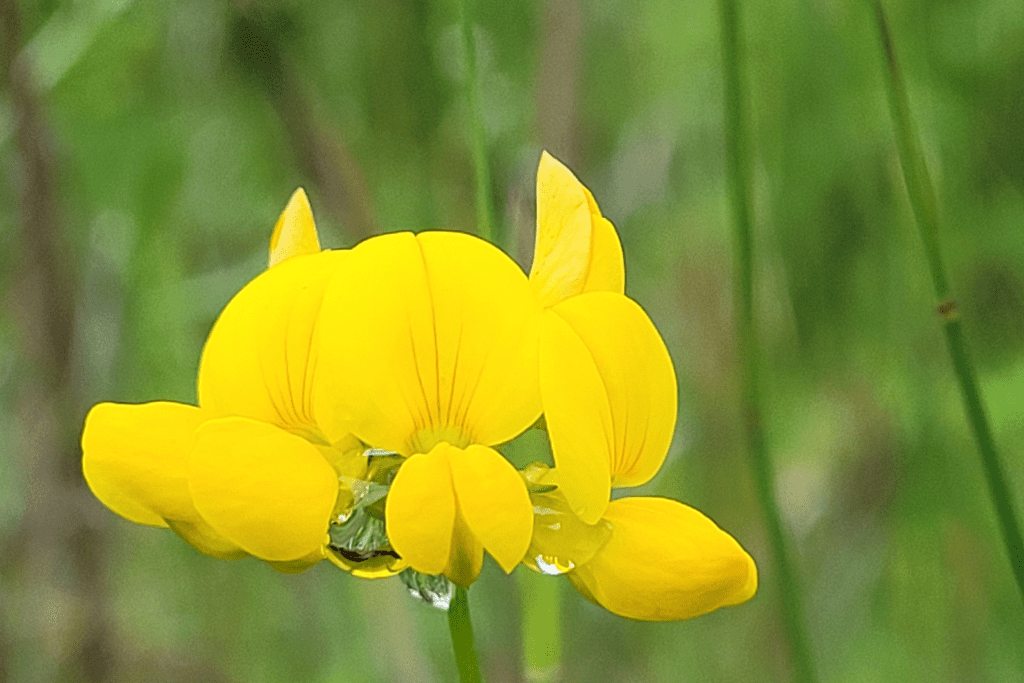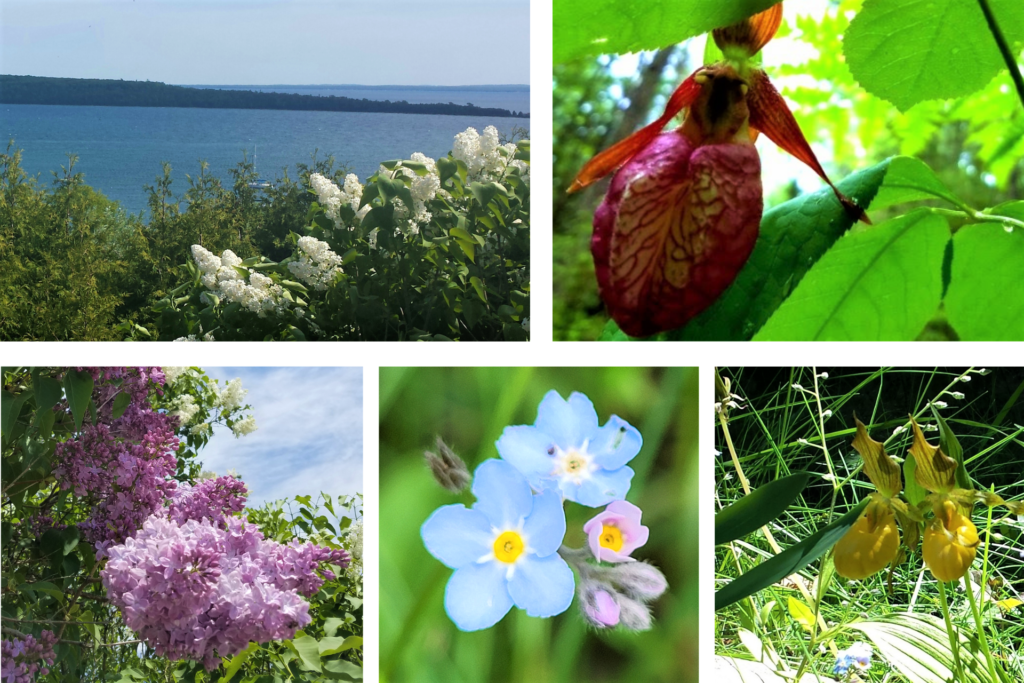Small seeds of awe and the science of saving them
A quick google search for fields of flowers would result in images of countless rows of tulips in Holland, fields of sunflowers in Italy, and farms filled with lavender in England. These and many other world-renowned flowers grow so profusely they attract crowds to their locations. People travel across the globe to experience the awe of their full bloom beauty.
The photo below shows a field of tiny flowers. They dot the field with splashes of yellow. They attract little human attention.
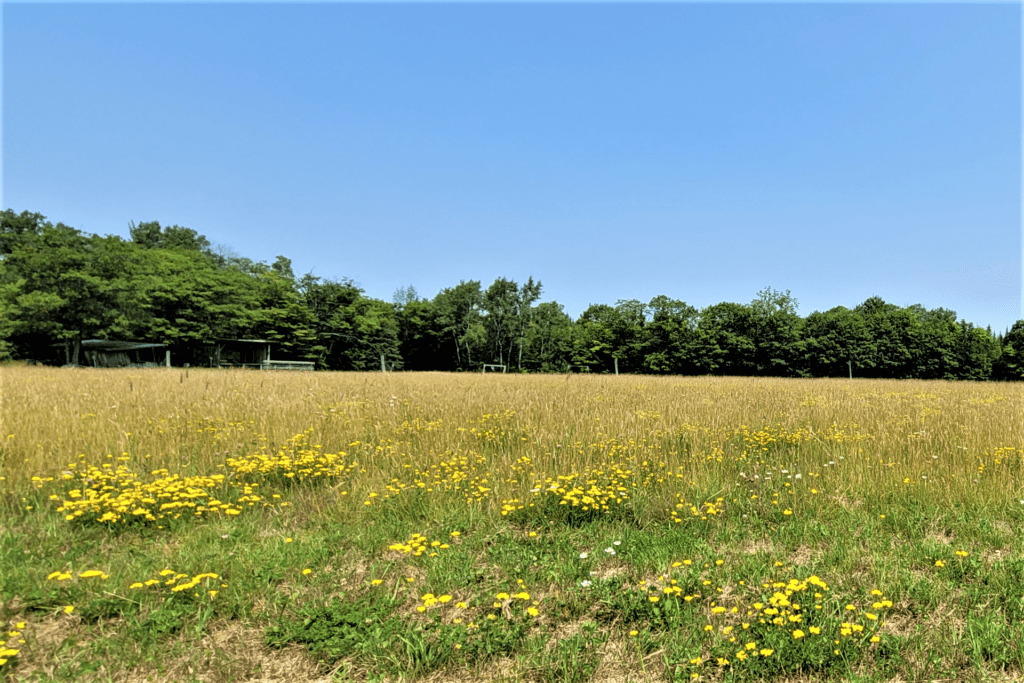

Taking a closer look at some of these weeds I found astonishing small flowers. This made me think about how much beauty there is in the world that goes unnoticed.
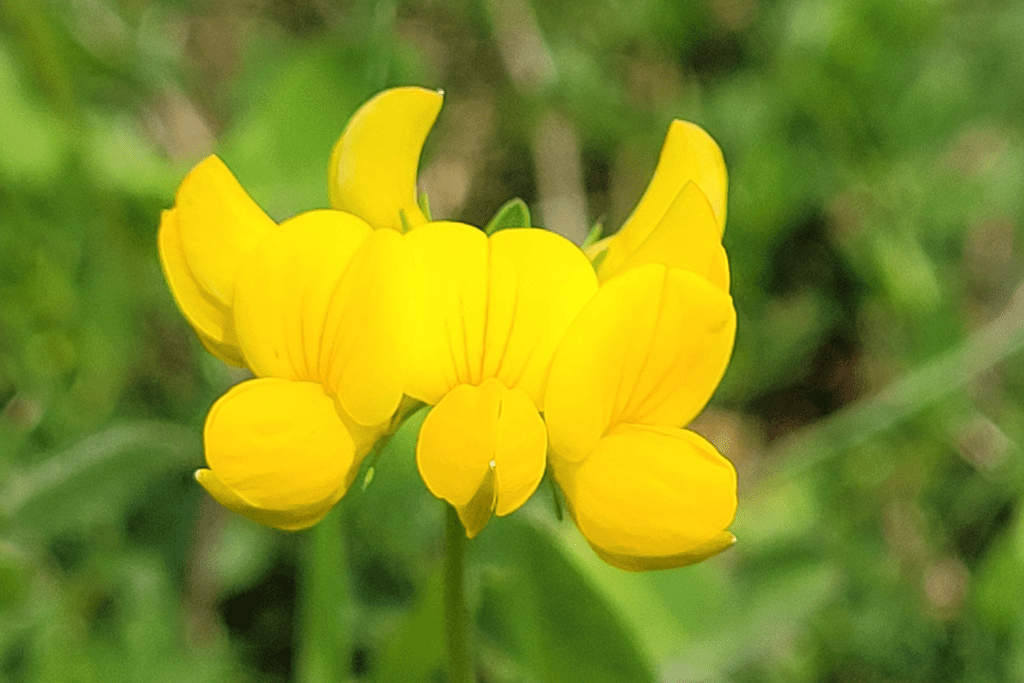

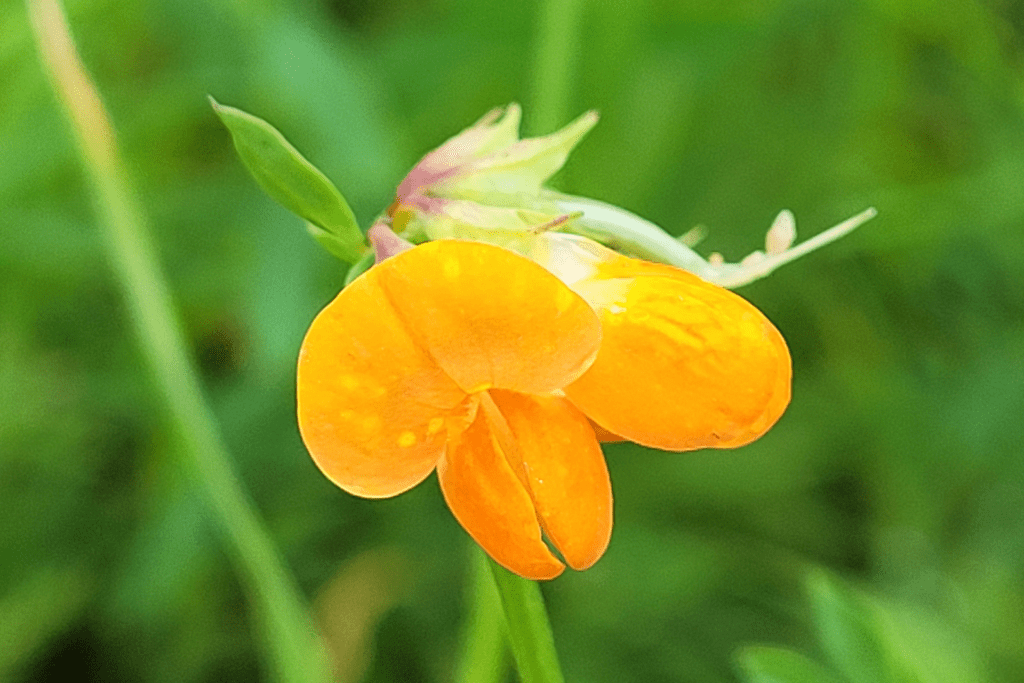

Lilacs, lady slippers, and forget-me-nots are some of my Michigan favorites.
World-wide conservation
With the state of the world today, who is thinking about the flowers? This is cause for concern, in my opinion. Looking into this a bit more I found there is some interesting work in progress.
In the book Conservation and Utilization of Horticultural Genetic Resources, Chowdhuri and Deka note that there are approximately, 406,700 species of plants available on Earth. Out of these plants, 85,000–99,000 species of plants have ornamental value. The use of recent biotechnological tools, ranging from the drying of seeds to cryopreservation of embryos, pollens, etc., has served as a boon in preserving the diversification of ornamentals.
U.S. conservation efforts
I also learned of projects by the U.S. Department of Agriculture. There is an Ornamental Plant Germplasm Center. Some of their project objectives are:
- Acquire, preserve, characterize and distribute germplasm of herbaceous ornamental plants.
- Characterize the germplasm for important ornamental and adaptive traits such as habit, duration of flowering, disease resistance, and ease of production. In addition, expand basic botanical knowledge of the accessions by assessment of ploidy and genotyping.
The Ornamental Plant Germplasm Center (OPGC) is part of the National Plant Germplasm System. The system utilizes herbaceous ornamental genetic resources and associated information for conservation, and to enhance scientific research.
The National Germplasm Resource Laboratory’s Plant Exchange Office develops methods to prioritize U.S. germplasm needs. The office procures plant germplasm through international and domestic exchanges. They arrange for and participate in international and domestic plant explorations. They also develop in situ maintenance programs for crop plants and their wild relatives.
I wondered why the Plant Exchange Office’s Plant Inventory Books were offered alongside the Atlas of Guatemalan Crop Wild Relatives. It turns out, this atlas was created because Guatemala is located in the heart of Mesoamerica. This is one of the world’s most important centers of plant domestication and agricultural origins, an area with an abundance of crop wild relatives. Crop wild relatives are increasingly important to world agriculture because they contain beneficial traits needed for breeding improved crop varieties that are hardier, more productive, more nutritious, more disease and drought-resistant, and better adapted to the stresses of climate change.
A bit of relief
Of course, with the state of the world, I am still concerned about the flowers. I am also relieved to know more about the efforts that are being made to preserve them and all the amazing plants of the world.
Thanks for reading. I hope everyone takes some time to stop and discover the awe-inspiring plants and flowers that are growing all around them.

